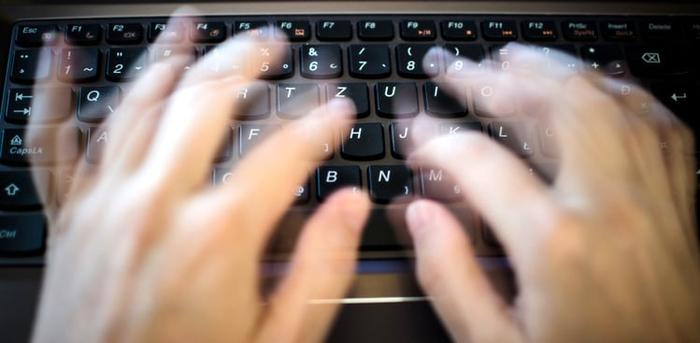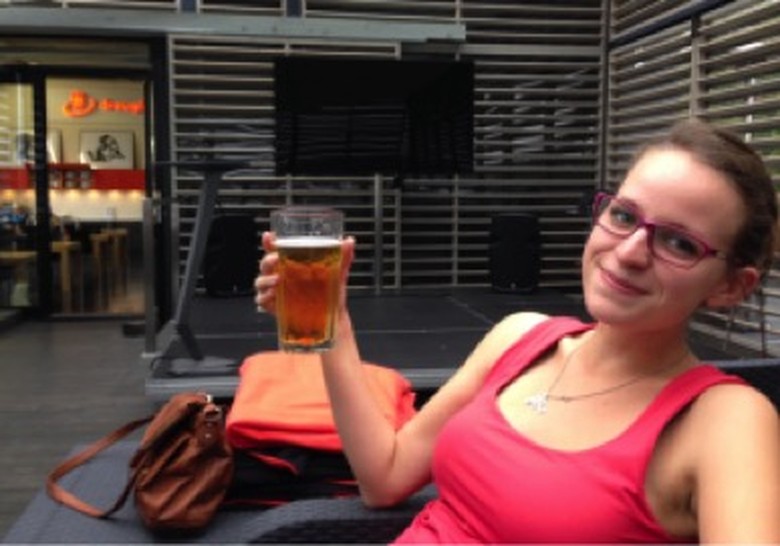
There are tons of tips on how to become more productive—from rules to follow for an efficiency boost to details we should keep in mind to save our working time and more.
But which of these tips are actually tried and true—and which are just noise?
In a month’s time, I tried out four common productivity tips (plus a fun bonus trick), using time tracking software DeskTime to measure how they actually affected my productivity. According to this little experiment, some of the most popular tips out there could be a bit overrated—while others apparently do have some magic power to help you get things done.
Here’s what I learned—and how you can apply it to your own working life.
Tip #1: Stop Multitasking
The main idea of this method is to focus on one task at the time, avoiding doing multiple things simultaneously. Studies and experiments have shown that our minds function best when concentrating on a single task, as noted by Daniel Patrick Forrester on Bloomberg Businessweek. However, he also notes that this single task approach isn’t something that comes naturally, and we often have to train ourselves to stop multitasking.
How Did it Go?
On the very first day, I discovered the main disadvantage of this method: It leads to a propensity for perfectionism. As a result, you can waste a lot of time on details, which can hinder your long-term productivity.
Two other cons of this method filtered out later that week.
First, focusing on a single task may sound simple, but it’s not. You can close all the tabs on your laptop and leave only the related task open, but you can’t do the same thing with your mind—all the other things that have to be done keep floating around in the back of it.
Second, this method in its most extreme sense means a total exclusion of all the other tasks for a whole day, which can become boring. For me, reasonable multitasking is what adds some dynamic to the workday and helps me stay interested.
Efficiency: 77%
Personal satisfaction: 2/5
Conclusion: If you can’t escape multitasking, keep doing various tasks simultaneously. Just don’t try and do too much at once—studies show that it can make your brain shrink, and you probably don’t want that to happen.
Tip #2: Take Frequent Breaks
The main idea here is that taking breaks throughout the day helps you get back to work relaxed and energized, and thus get more stuff done. Studies suggest that there are a variety of optimal work-break ratios, but in the end it doesn’t really matter whether you follow the 52:17 rule or take a break every 90 minutes, as long as you leave your desk a couple times a day.
How Did it Go?
Everything went as planned on Monday; breaking frequently, I finished a pretty decent amount of tasks that were on my to-do list.
But then the second day came, and I felt that I had to force myself to leave the desk. Moreover, it got more and more difficult to get back on track after these compulsory breaks. After having the same problem during the following days, too, I ended up changing the whole approach: Instead of forcing myself to break every hour, I took a pause every time I finished a task or simply felt stuck. As a result, there were times when I took three breaks in an hour, and times I did a five-hour “working marathon” without a rest. But it worked; I got things done one by one without feeling overworked, and that was what really mattered.
Efficiency: 75%
Personal satisfaction: 4/5
Conclusion: Take a break whenever you need it, not when you’re supposed to.
Tip #3: Create a To-Do List With Manageable Tasks
There are various ways of creating your to-do list. The idea of this particular list is breaking down each task into the actionable steps you need to take to get your projects done. Productivity guru David Allen suggests starting each item in your list with a verb to make your intentions more concrete. For example, instead of simply putting “client report” on your list, detail the action items that will be involved: gather the data, analyze the data, write the report, and so on.
Then, you have to allocate these tasks in a way that is actually feasible. “A daily to-do list should be composed of small tasks that don’t take more than a couple of hours at most to complete,’’ writes Cody Wheeler for Lifehack.
How Did it Go?
The good thing about this method is that it makes you feel productive. The length of my to-do list was actually shrinking, and it felt quite motivating. Besides, this method also let me notice the smaller things I did as a part of the whole project, like search literature for a blog post, which usually takes loads of time, but doesn’t give immediate results everyone can see.
However, while breaking the tasks into doable steps is probably the most effective method I’ve tried out, you should still create your list wisely; you can’t include every little whit you plan to do, even if it’s necessary for completing the project. It’ll simply make your list unnecessarily long.
Efficiency: 80%
Personal satisfaction: 5/5
Conclusion: Cut your list down to a maximum of six or seven specific, doable tasks per day. Single tasks that take less that 10 minutes to complete don’t qualify for the list.
Tip #4: Start With the Most Important Task
The idea of this method is to start with the most important task of the day when you have full mental energy, and then get lots of easier tasks done as the day goes on and you become more worn down. In an article for Fast Company, Rachel Gillett suggests:
“Identify the tasks that are important and require your full mental capacities that you put off until the end of the day when your mental reserves are low. Once you’ve identified those tasks, reorganize your routine so that you can work on them uninterrupted for the first hour of the day.’’
How Did it Go?
For me, this didn’t go quite as described by Gillett. In the mornings, I simply need some time to get into the working flow. I could do some everyday tasks, but definitely nothing that “required my full mental capacities.” So I struggled with this method for a day and a half until I gave up in order to finally get things done.
Efficiency: 66%
Personal satisfaction: 1/5
Conclusion: Find your productivity peaks (DeskTime has a “Productivity scale’’ for this purpose), then schedule your priority tasks during this time. It doesn’t have to be the first thing in the morning—just whenever your prime time is.
Bonus Tip: 2 Beers for Creativity
In a study done by the University of Chicago, researchers found that being slightly intoxicated can boost your productivity for creative tasks. While coffee is proven to help you get straightforward tasks done, a blood alcohol content of 0.07 (the equivalent of two beers) was shown to help creative tasks.
How Did it Go?
For weeks, I was putting off writing an article—I just wasn’t able to get into the flow. So one afternoon, I resorted to this last-measure experiment. I drank the first beer full-out, then went back to my computer to work and casually sip the second.
The first beer worked wonders; instantly words were flowing, ideas were being put out, and the pages were filling up quickly. It seemed that the beer had turned off my self-criticism and opened the door for my creative writing.
However, the second beer was a mistake; as I sipped it, my ability to concentrate quickly disintegrated.
Efficiency: Well, it got the job done, right?
Personal satisfaction: 5/5
Conclusion: Having a beer did great things to get ideas down on paper, but don’t expect to be able to do anything truly productive afterward. One beer would’ve been entirely enough for my tolerance.




